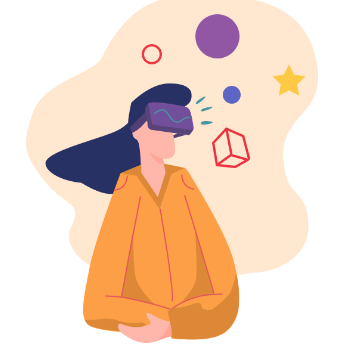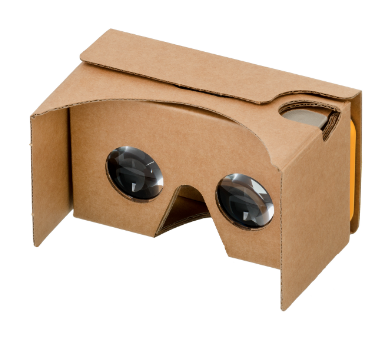Global learning means expanding your student’s perspectives to the world around them through exposure. Sometimes this entails online communication methods such as blog posts or connecting to other classrooms worldwide. Sometimes this means field trips to a local museum or gallery covering the topic of discussion. However, sometimes these are not always an easy task to accomplish, making the greatest “sometimes” of all the use of virtual reality. Virtual reality is defined as a computer-generated simulation of a three-dimensional image that can be interacted with in a seemingly physical way by an individual using special electronic equipment.

The use of virtual reality is taking students to a setting outside of the classroom we could have never expected. Not only are the expanding their visuals of the world through videos, however, now they may feel like they are truly in these locations they learn about. One way to use virtual reality is Google Cardboard which essentially acts as virtual reality goggles by blocking your surroundings and allowing a phone to be inserted. The expansion of applications on phones for virtual reality is increasing, as is the popularity. Students may now watch videos about physics, the brain, worldwide destinations, imagery and many more subject matters that capture their attention. I imagine it is hard for them not to feel engaged when this new-found information appears so interactive and life-like. Not only can Google Cardboard be used for children but it also has options of practicing interviews for those applying to jobs and college. This allows high school and college aged students to also be able to connect to these applications on a very helpful level. Google Cardboard is leading us towards classrooms full of global learning.

Although virtual reality goggles and google cardboard are incredible tools to access interactive lessons, they are not necessarily needed. All that is needed some type of electrical device, whether it be a smartphone or tablet. These connect to applications that can be used in the classroom as interactive tools with the children. They can search around the classroom for the different interactions they will encounter, for example, tornados appearing or molecules laying on their desk. This allows the lesson to be more interactive allowing for the students to remember it more. One classroom that uses it is demonstrated in the video below:
Virtual reality usage has been increasing throughout the years and is predicted to only continue an upward trend. Educators need to continue to expose themselves to the advantages of bringing these resources into the classroom for the benefit of their students global learning.